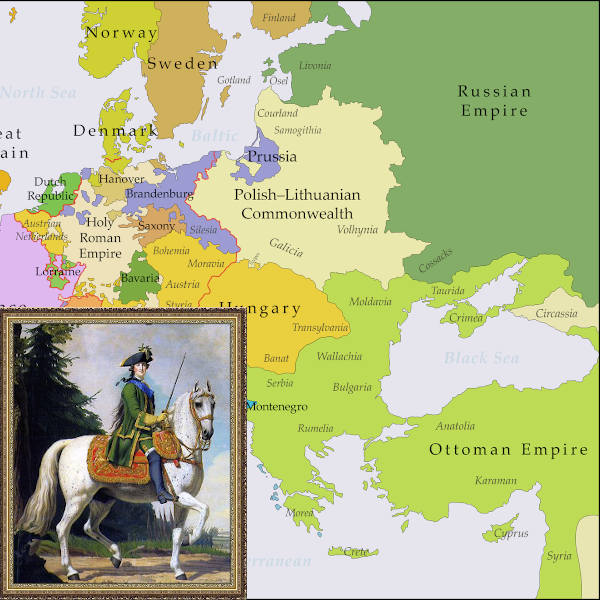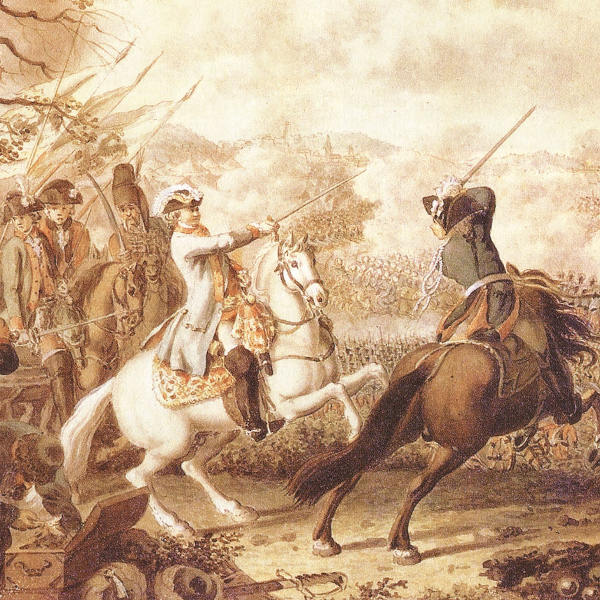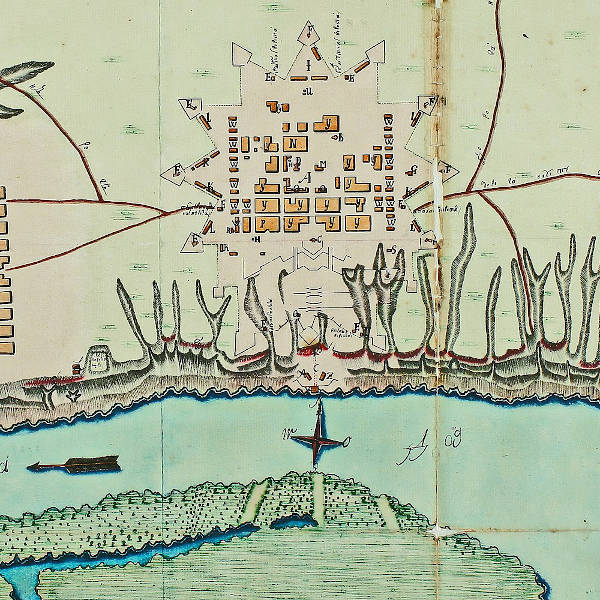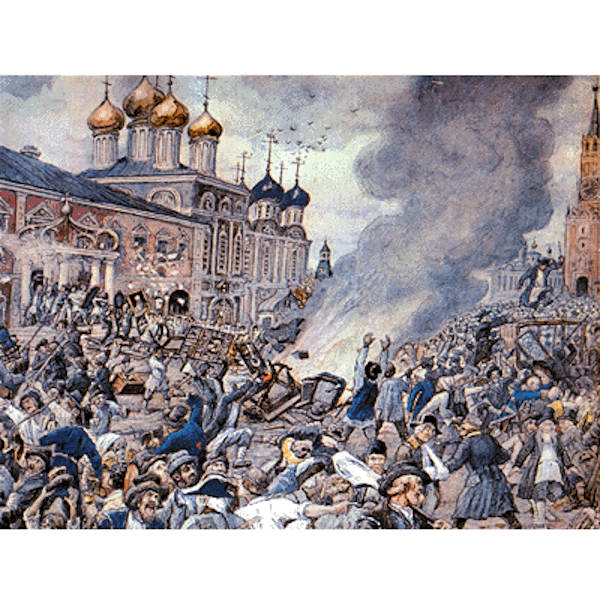DNA spotlight
Rostov Plague Victims

Catherine the Great was Empress of Russia from 1762 to 1796 and also the country's longest ruling female leader. During her reign, Russia grew larger and became one of the world's great powers. She is shown here wearing the uniform of the famous Preobrazhensky Regiment. Catherine possessed considerable charm, a lively intelligence, and extraordinary energy. Her true passion was ambition.

One of her key successes was the Russo-Turkish War of 1768-1774 - this was a continuation of a long-running conflict between the Russian and Ottoman Empires. The end result included territorial gains on the Pontic-Caspian Steppes as well as seizing control of two key ports near the Black Sea. The weakened Ottoman Empire enabled Russia to maintain hegemony over the Polish-Lithuanian Commonwealth as well as seize control of the Crimea.

The southern border of Russia was guarded by the newly built fortress of Rostov-on-don which was the strongest fortress in Southern Russia. It was strategically located and built in a star shape surrounded by a moat and housing 238 guns. The famous naval admiral Fyodor Fyodorovich Ushakov, known for having won every single engagement he participated in, began his service here. The famous general Alexander Suvorov, who was a close favorite of Empress Catherine with victories against Napoleon and the Ottomans, had also spent time here.

A terrible plague swept through Russia during this time. It is believed to have started in Moldavia and spread during the Russo-Turkish War northwards through Ukraine and into Moscow. The plague killed up to 1/3 of the population of Moscow and led to the Plague Riots of 1771 shown in this image. As the plague spread shops and businesses were forced to close down paralyzing the economy. Our samples contain two plague victims buried inside the fortress of Rostov-on-Don, as well as another victim buried in nearby Azov City.
Sample: Black Plague Victim Rostov-on-Don Fortress
- Sample ID: Rostov1639
- Year: 1772 AD
- Sex: Male
- Location: 47.2202,39.7375
Sample: Black Plague Victim Rostov-on-Don Fortress
- Sample ID: Rostov2033
- Year: 1772 AD
- Sex: Male
- Location: 47.2202,39.7375
Sample: Azov City Black Plague Victim
- Sample ID: Azov38
- Year: 1600 AD
- Sex: Male
- Location: 47.0909,39.3860
